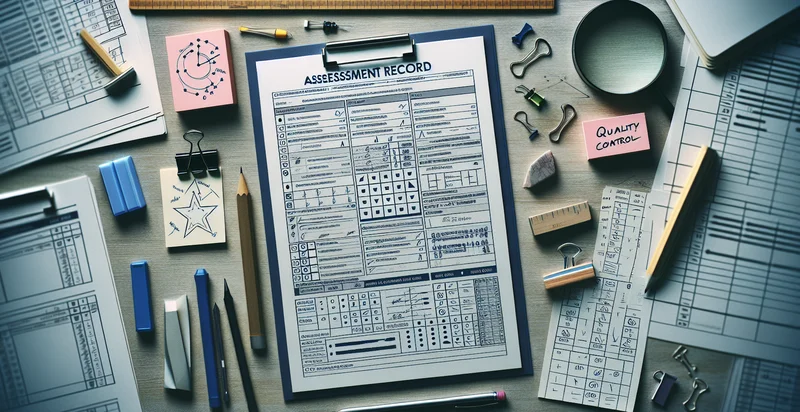Identify mars rover
using AI
Below is a free classifier to identify mars rover. Just upload your image, and our AI will predict what type of Martian terrain it has encountered - in just seconds.

Contact us for API access
Or, use Nyckel to build highly-accurate custom classifiers in just minutes. No PhD required.
Get started
import nyckel
credentials = nyckel.Credentials("YOUR_CLIENT_ID", "YOUR_CLIENT_SECRET")
nyckel.invoke("mars-rover", "your_image_url", credentials)
fetch('https://www.nyckel.com/v1/functions/mars-rover/invoke', {
method: 'POST',
headers: {
'Authorization': 'Bearer ' + 'YOUR_BEARER_TOKEN',
'Content-Type': 'application/json',
},
body: JSON.stringify(
{"data": "your_image_url"}
)
})
.then(response => response.json())
.then(data => console.log(data));
curl -X POST \
-H "Content-Type: application/json" \
-H "Authorization: Bearer YOUR_BEARER_TOKEN" \
-d '{"data": "your_image_url"}' \
https://www.nyckel.com/v1/functions/mars-rover/invoke
How this classifier works
To start, upload your image. Our AI tool will then predict what type of Martian terrain it has encountered.
This pretrained image model uses a Nyckel-created dataset and has 11 labels, including Curiosity, Ingenuity, Maven, Opportunity, Pathfinder, Perseverance, Phoenix, Sojourner, Spirit and Viking.
We'll also show a confidence score (the higher the number, the more confident the AI model is around what type of Martian terrain it has encountered).
Whether you're just curious or building mars rover detection into your application, we hope our classifier proves helpful.
Related Classifiers
Need to identify mars rover at scale?
Get API or Zapier access to this classifier for free. It's perfect for:
- Planetary Safety Monitoring: This function can be utilized to assess images taken by rovers exploring Mars, ensuring that any detected hazards are accurately identified. By classifying false images, engineers can improve the safety protocols for rover missions and enhance automated navigation systems.
- Data Verification for Research: Scientists can use the false image classification function to verify the authenticity of images captured by Mars rovers. This will ensure that research findings are based on legitimate data, enhancing the credibility of scientific studies concerning Mars exploration.
- Improved Image Processing Algorithms: By integrating this function into image processing workflows, development teams can fine-tune their algorithms to better differentiate between real and false imagery. This leads to more robust software solutions that can ultimately increase the quality of data received from rover missions.
- Training AI Models: The false image classification function can serve as a training tool for machine learning models. By feeding these models both genuine and false images, developers can enhance their ability to distinguish between authentic Martian imagery and misleading data in future missions.
- Educational Resources: This feature can be leveraged by educational institutions to teach students about image classification and the challenges of space exploration. Classrooms can use real-life rover images to engage students in discussions on image accuracy and the scientific methods behind Martian research.
- Enhanced Public Engagement: Space agencies can use this function to create engaging public content, helping audiences understand how image data is processed. By showcasing the differentiation between false and real images, they can increase public interest in Mars exploration missions and their technological complexities.
- Anomaly Detection in Rover Operations: The false image classification function can assist in detecting anomalies in rover operations by analyzing recent images against expected benchmarks. Identifying discrepancies in image data can trigger investigations into technical issues, ensuring that mission objectives are met efficiently.


